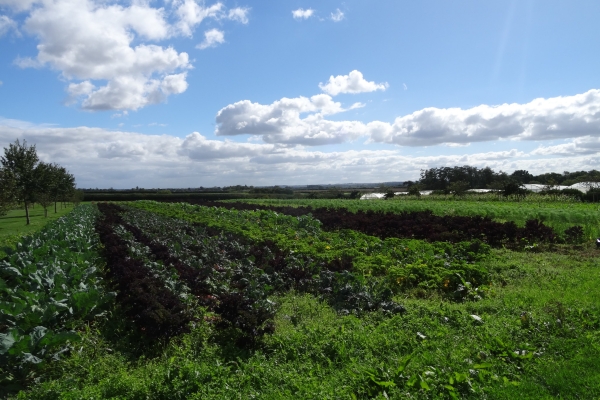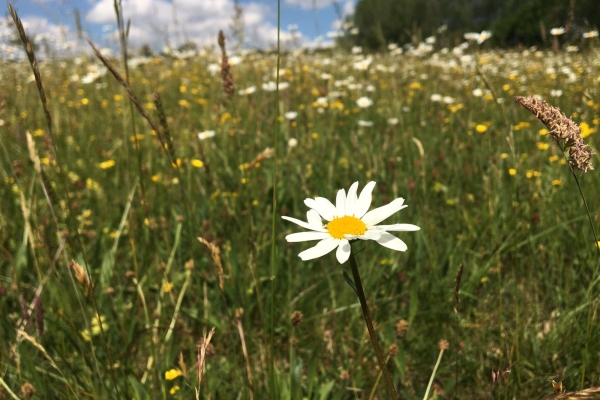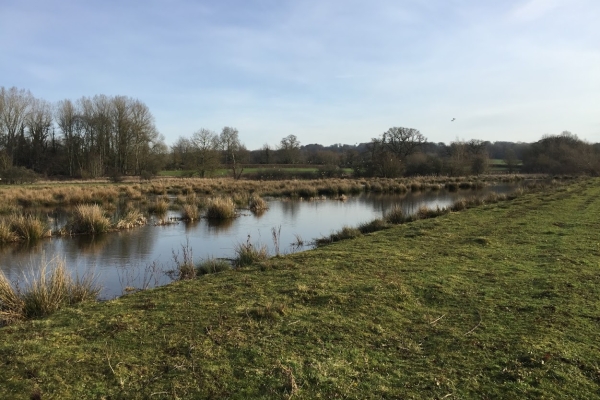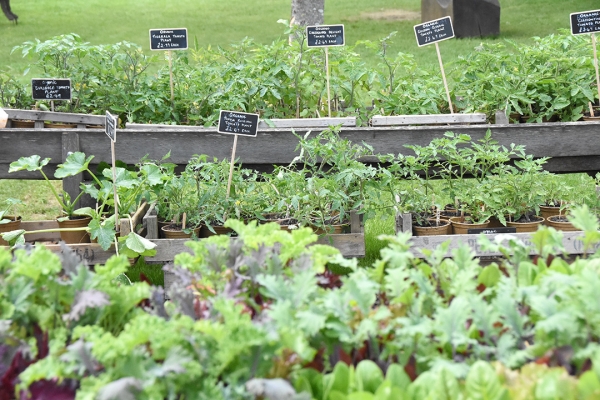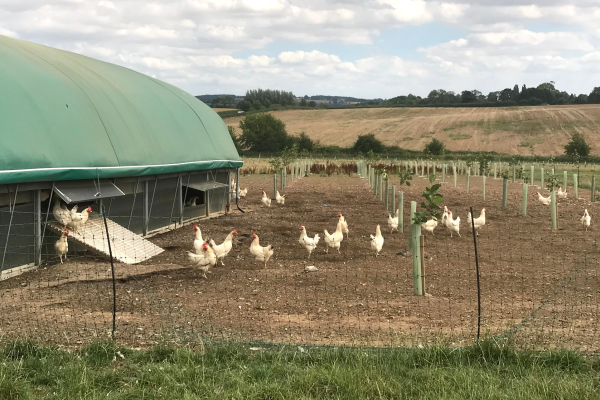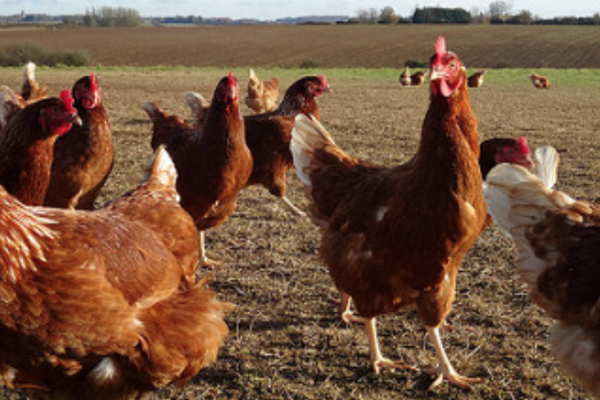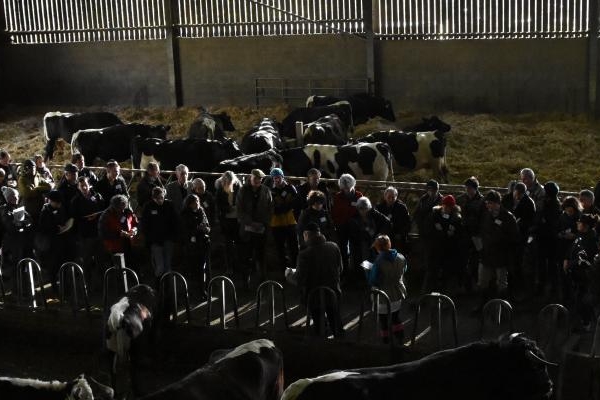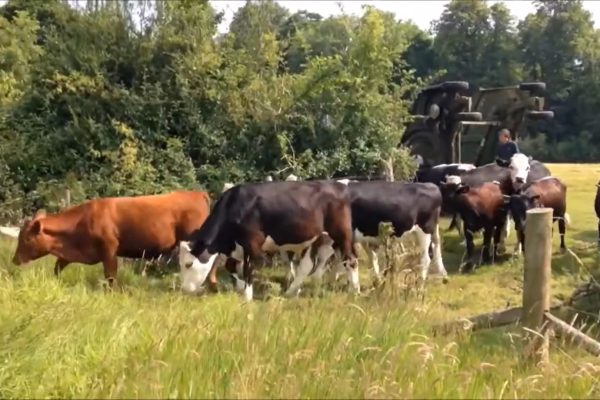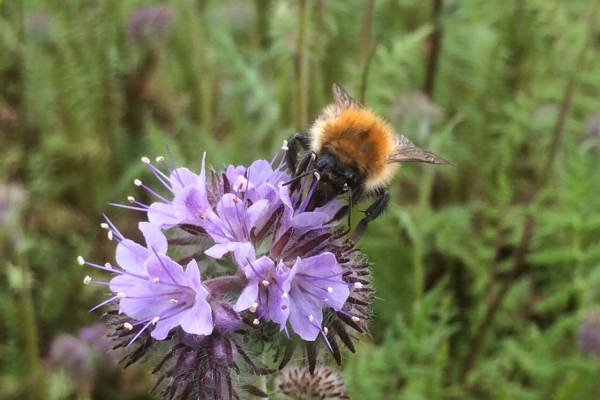A natural perspective to beekeeping
Tim Field explains what Daylesford Farm is doing to help bees.
- At the end of May/beginning of June the bees start to swarm, and at Daylesford they are allowed to do this naturally; the queens do not have their wings clipped.
- The bees are kept as naturally as possible to try and obtain a population that is suited to the land.
- At Daylesford, they have chosen to use WBC beehives, which provide good insulation for the bees to keep them warm over the winter months.
- Managing the environment around the bees is important. At Daylesford, wildflower meadows, sainfoin crops, hedgerows and woodland all act as fantastic sources of forage throughout the year; from snow drops at the start of the season to ivy at the end.
- Tim follows direction from Bees for Development and use their resources when in need of information/advice about beekeeping.
Tim Field is Environmental Surveyor at Daylesford and is a member of the Agricology Executive Board.
As Tim mentions, you can find some of the Bees for Development resources on Agricology, have a look at:
- Beekeeping and sustainability
- The importance of bees and other insect pollinators
- Land management to support bees and other insect pollinators
- Plants that are valuable for bees and other insect pollinators
- Also see Dr Nicola Bradbear’s recent blog ‘Hedgerows need to flower‘ which provides some invaluable guidance on best practice hedgerow management.
(Editor’s Note)
The information contained above reflects the views of the author/s and does not necessarily reflect that of Agricology and its partners.
Related articles
As part of #OrganicSeptember campaign, Daylesford Organic have been running a ‘Future of Food’ series, featuring interviews with thought leaders in the food, ecology and...
Wildflower meadows are an intrinsic part of our natural heritage and have been in decline over the last century. The rich flora and fauna provide...
We are all dependent on healthy, vibrant ecosystems, and farming with nature that uses practices to give back to the land for future generations is...
Tim speaks to Colin Tudge and Ruth West, co-founders of The Campaign for Real Farming and organisers of the annual Oxford Real Farming Conference.
Tim Field provides and update vlog discussing how the planting of 800 trees into an area with existing chicken ranges has impacted chicken behaviour, weed...
In this short vlog (filmed on the 16th of March), Tim Field discusses using a Woodland Trust grant to plant 800 trees on a 30...
Three days into the new year saw an on-farm gathering of more than 80 farmers, policy-makers, researchers, and representatives from Agricology’s partner organisations and beyond....
The time has come to send a mob of beef cattle down to the 'Wilderness Wetland' and graze out the long grass before it becomes...
What is the greatest ecological service provided in nature? Pollination must be up there, particularly for agriculture. Yet there are multiple anthropogenic influences on pollinator...



